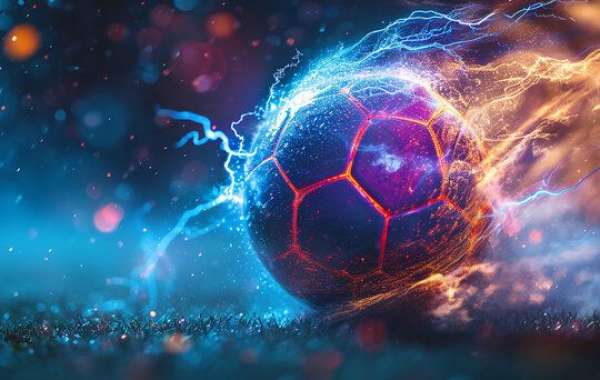Energy Storage via Electrolysis Technology - Electrolysis converts excess renewable electricity into hydrogen, offering long-duration and seasonal energy storage potential.
Energy storage via electrolysis technology is the foundational component of Power-to-Gas, enabling the conversion of electrical energy into chemical energy in the form of hydrogen. Electrolysis uses an electrical current to split water (H2O) into hydrogen (H2) and oxygen (O2). The three primary technologies are Alkaline Electrolysers (AEL), which are mature, robust, and cost-effective, but less flexible in response time; Proton Exchange Membrane (PEM) Electrolysers, which are highly dynamic, capable of rapid load changes, making them ideal for coupling with variable renewables, but are currently more expensive; and Solid Oxide Electrolyser Cells (SOEC), which operate at high temperatures, offering the highest electrical efficiency but requiring a consistent heat source and slower start-up times.
The development of large-scale, multi-megawatt electrolyser stacks is the main focus of technology providers, as scaling up drives down the cost and improves the overall efficiency of the energy storage process. The ability of electrolysers to consume vast amounts of electricity rapidly makes them an ideal flexible load for grid operators.
FAQs on Energy Storage via Electrolysis Technology
Q1: What does the term "round-trip efficiency" mean for PtG electrolysis?
A: Round-trip efficiency (RTE) measures the percentage of the initial electrical energy that is successfully stored and then recovered as electricity at the end of the process (e.g., by burning the SNG in a gas turbine). For PtG, RTE is typically lower than battery storage but offers superior duration/scale.
Q2: Which type of electrolyser is best suited for direct coupling with wind farms?
A: Proton Exchange Membrane (PEM) electrolysers are generally best suited due to their rapid start-up and shutdown times and high operational flexibility, allowing them to closely track the volatile power output of wind and solar farms.
Q3: How is the oxygen produced by electrolysis utilized?
A: While often vented, the oxygen (O2) is a valuable co-product. It can be captured and used in various industrial applications (e.g., wastewater treatment, metal processing), providing an additional revenue stream for the PtG plant.







